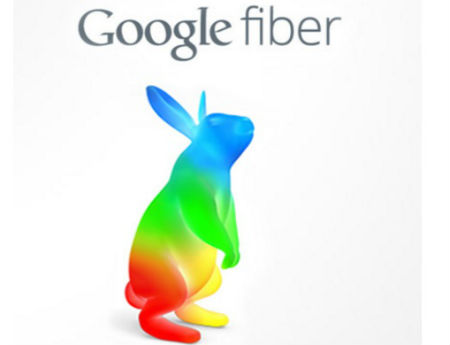Google Fiber Ended Q2 With 68,715 Video Subs: Analyst

Google Fiber's slow pace to bring scale to its pay TV business is a clear indicator as to why Google Fiber has pulled back on plans to enter some new markets, MoffetNathanson analyst Craig Moffett concludes in a research report issued Thursday along with some fresh data.
Citing new data from the U.S. Copyright Office, Google Fiber ended Q2 2016 with 68,715 video subscribers. While that represented a growth rate of 66.6% year-over-year, the sub total is also a drop in the bucket of the pay TV market.
“For those keeping score at home, that’s a little less than seven one hundredths of one percent of the U.S. video market,” Moffett wrote.
Update: Google Fiber responded to the report by saying it's "very pleased" with the progress it’s making on the TV front and that it is continuing to expand into multiple cities such as Atlanta, Charlotte and Salt Lake City
Kansas City, Mo., is Google Fiber’s largest TV market, with 42,050, subs, followed by Kansas City, Kan. (21,038); Provo, Utah (2,597); and Austin, Texas (2,812). Moffett also estimates that it ended the period with a mere 218 video subs in Stanford, Calif.
Those numbers don’t factor in high-speed Internet subs. Based on a report in The Informationthat Google Fiber had 200,000 broadband subs at the end of 2014, Moffett estimates that, if video penetration and broadband remained constant at 15%, Google Fiber would have had about 453,000 broadband customers by the end of June 2016.
That represents “a little less than one half of 1% of total broadband subscribers in the U.S.,” Moffett wrote, while also pointing out that Google Fiber, at least in recent years, had been offering a “free” 5 Mbps service in exchange for a $300 installation fee.
The smarter way to stay on top of the multichannel video marketplace. Sign up below.
“From the beginning, we’d heard that this offer accounted for a very large share of their business (a couple of years ago, competitive intelligence estimates from their competitors in Kansas City put the number at about a third of all connections),” the analyst said.
And if this “shockingly low video attach rate is correct” (Google Fiber has yet to supply sub numbers), then the unit’s “economics must have been even worse than we had imagined” and could explain a recent report that Alphabet, Google’s parent company, has been pulling back on plans to roll into new markets.
The Information reported recently that Google Fiber is being pressured to cut back staff by half while it also looks into potentially less expensive, high performance wireless broadband technologies that might also help to accelerate the rate of service deployments. Google has not confirmed the report of staff cuts.
Given some friendly estimates and assumptions that all of Google Fiber’s subs also take broadband along with one-third getting the free Internet offering, Moffett sees Google Fiber’s annualized run rate, based on June 2016 numbers, at about $300 million in revenue – or 0.3% of Google’s overall business.
“It’s hard to argue with the idea that after nearly seven years of pushing a rock uphill, having just three tenths of one percent of your business to show for it might be a bit discouraging,” Moffett said .
Google Fiber doesn’t break out its individual revenues, but it is part of “Other Bets,” the unit of Alphabet that includes Google Fiber and other longer-term “moonshot” projects. Other bets ,generated Q2 revenues of $185 million, up from $74 million a year ago, while operating losses widened to $709 million, from $555 million.
Moffett also cited data from the NTIA/FCC showing that Google Fiber passings declined in the second half of 2015.
While fresher data isn’t currently available there, [t]hat kind of deceleration is a clear surprise given the amount of press Google has gotten,” Moffett said.
